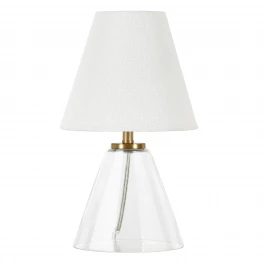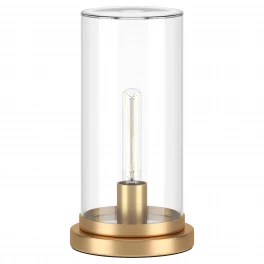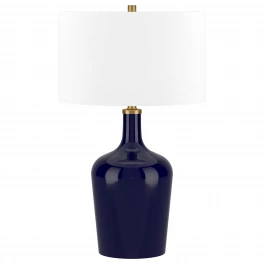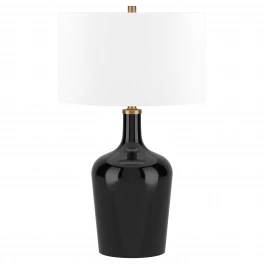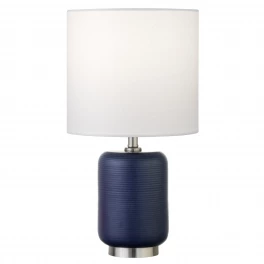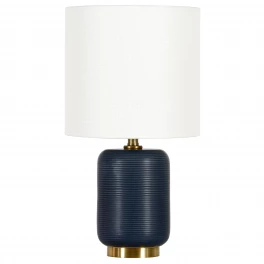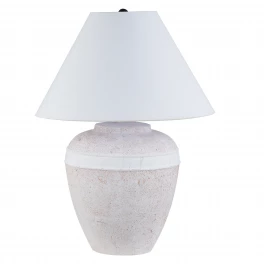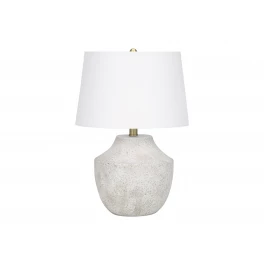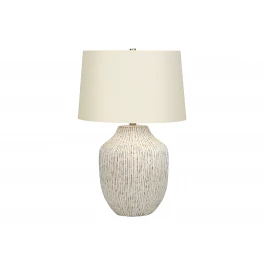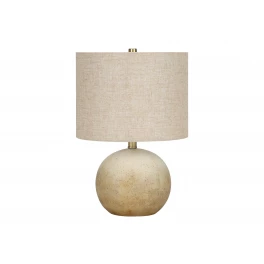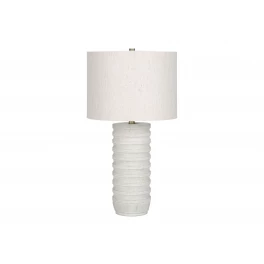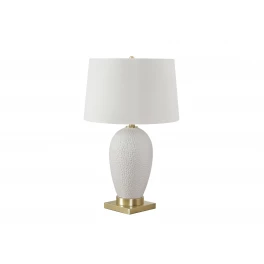You may have heard that growing and caring for bonsai trees is difficult — that it’s more effort than it’s worth. But I’m here to tell you that just about anyone can grow and maintain a healthy bonsai.
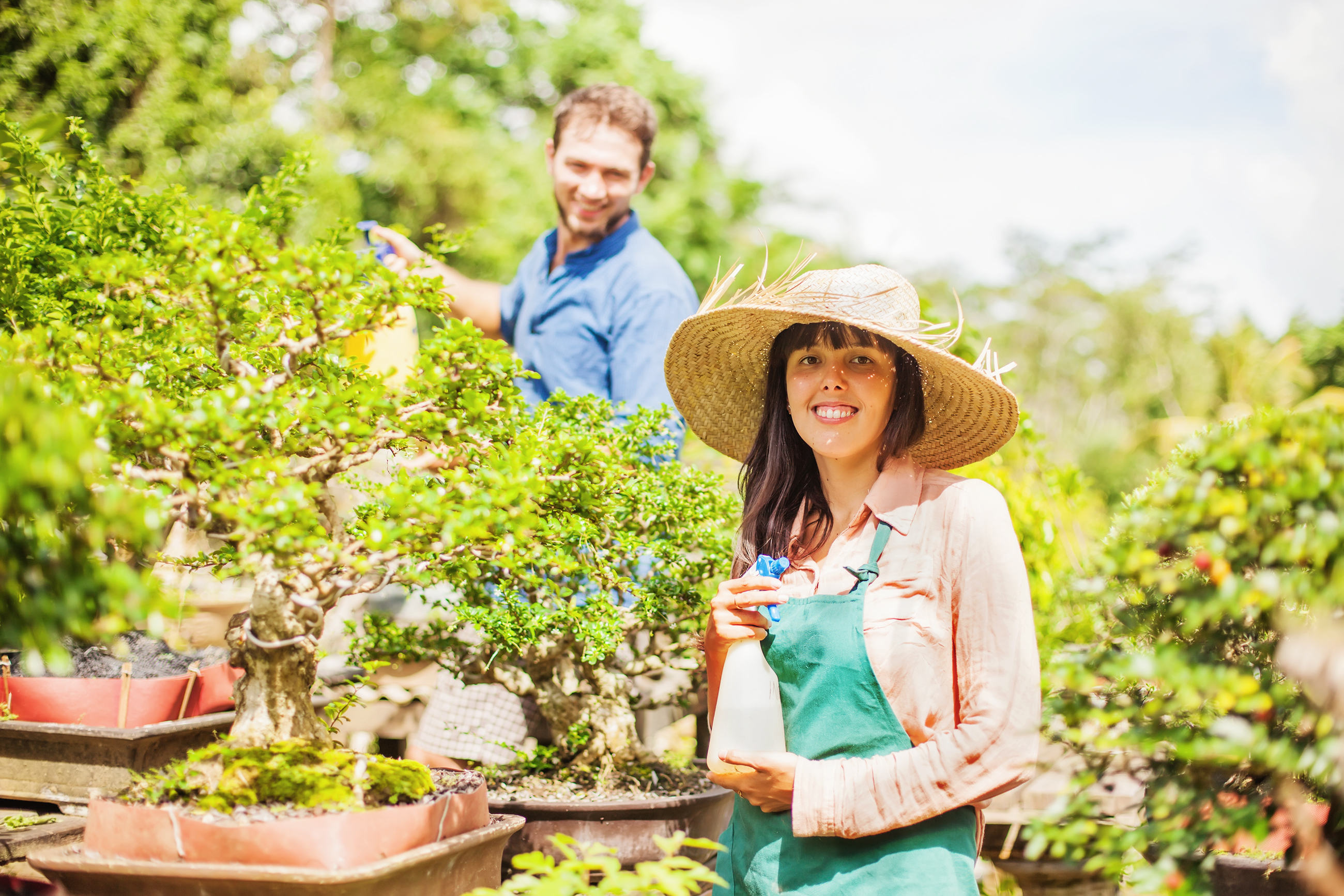
Photo by Mila Supinskaya Glashchenko on Shutterstock
Bonsai simply means “dwarfed tree or shrub.” If you didn’t know already, bonsai trees aren’t naturally small. They’re created that way either by professionals or by home gardeners like you.
Would you like to know the key to bonsai tree longevity? All you need to do to start is simply understand bonsai tree basics, and you’re halfway there!
Here is everything you need to know to grow and care for “baby trees.”
Choosing the Right Variety
Since the term bonsai refers to the size and shape of a tree/shrub and not an actual species, you have options when it comes to choosing the right bonsai plant to grow and care for.
Bonsai can grow both indoors and outdoors, depending on your climate and the type of plant you choose. Some of the best plants for beginners to use are fig trees, azaleas, junipers, maple, and Chinese elm trees.
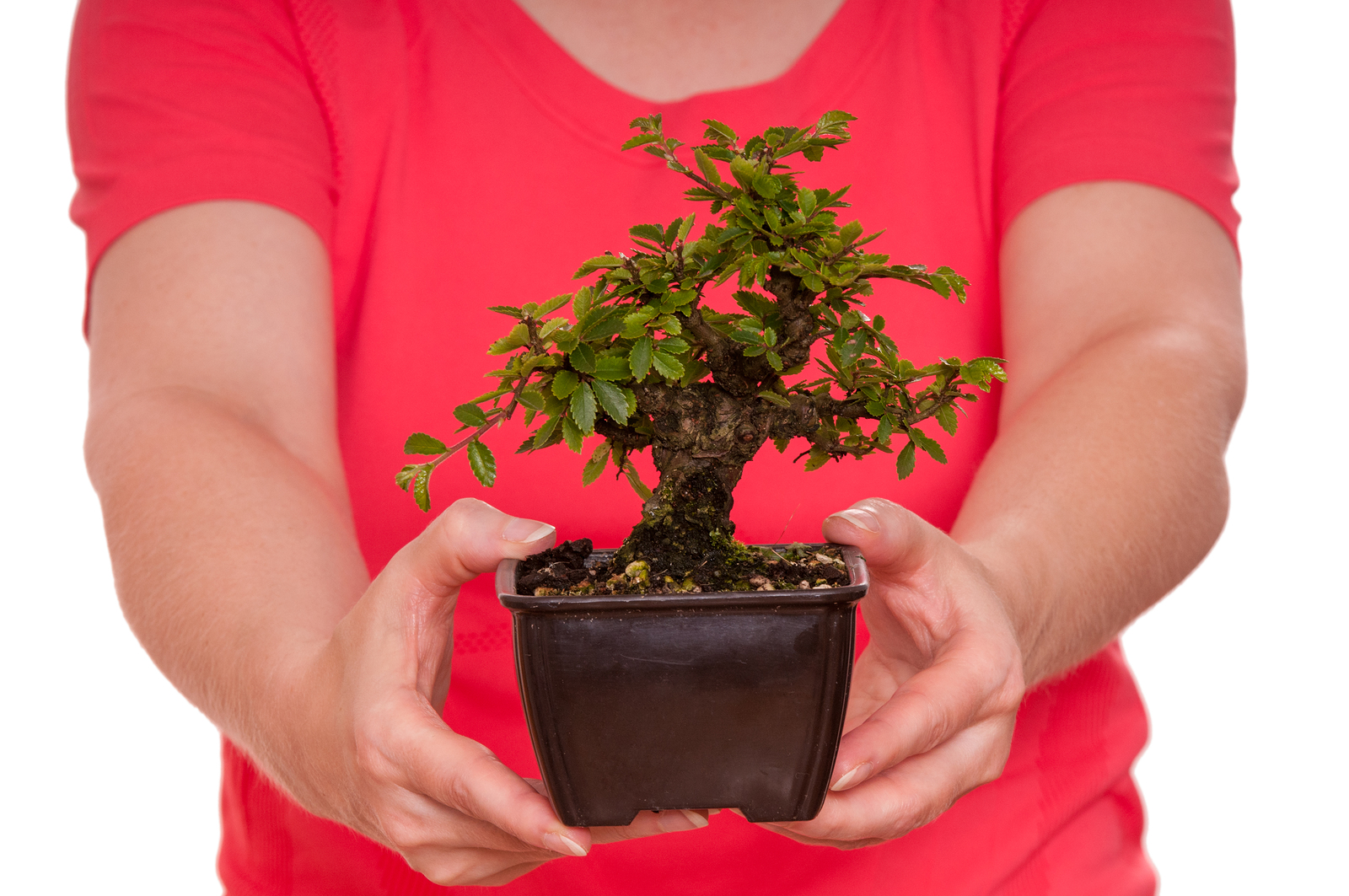
Photo by Berndt Shmidt on Shutterstock
Once you choose the type of tree you’d like to nurture, consider your growing options. Most novice bonsai gardeners choose to purchase a pre-bonsai tree so they can hit the ground running. However, if you’re looking to save money and you have ample time on your hands to wait until your tree has matured, it’s also possible to start your bonsai from seed.
Meeting Your Baby Tree’s Needs
Depending on the variety of bonsai you choose, grow your plant either inside or outside. To ensure the needs of your baby tree are being met, pay close attention to the care instructions and follow them precisely.
Since you’re essentially growing a baby tree with big tree needs in a limited space, water and soil are extremely important. Find the correct container size, and use a specially formulated bonsai soil mix. This mixture helps to maintain the right moisture level for your plant.
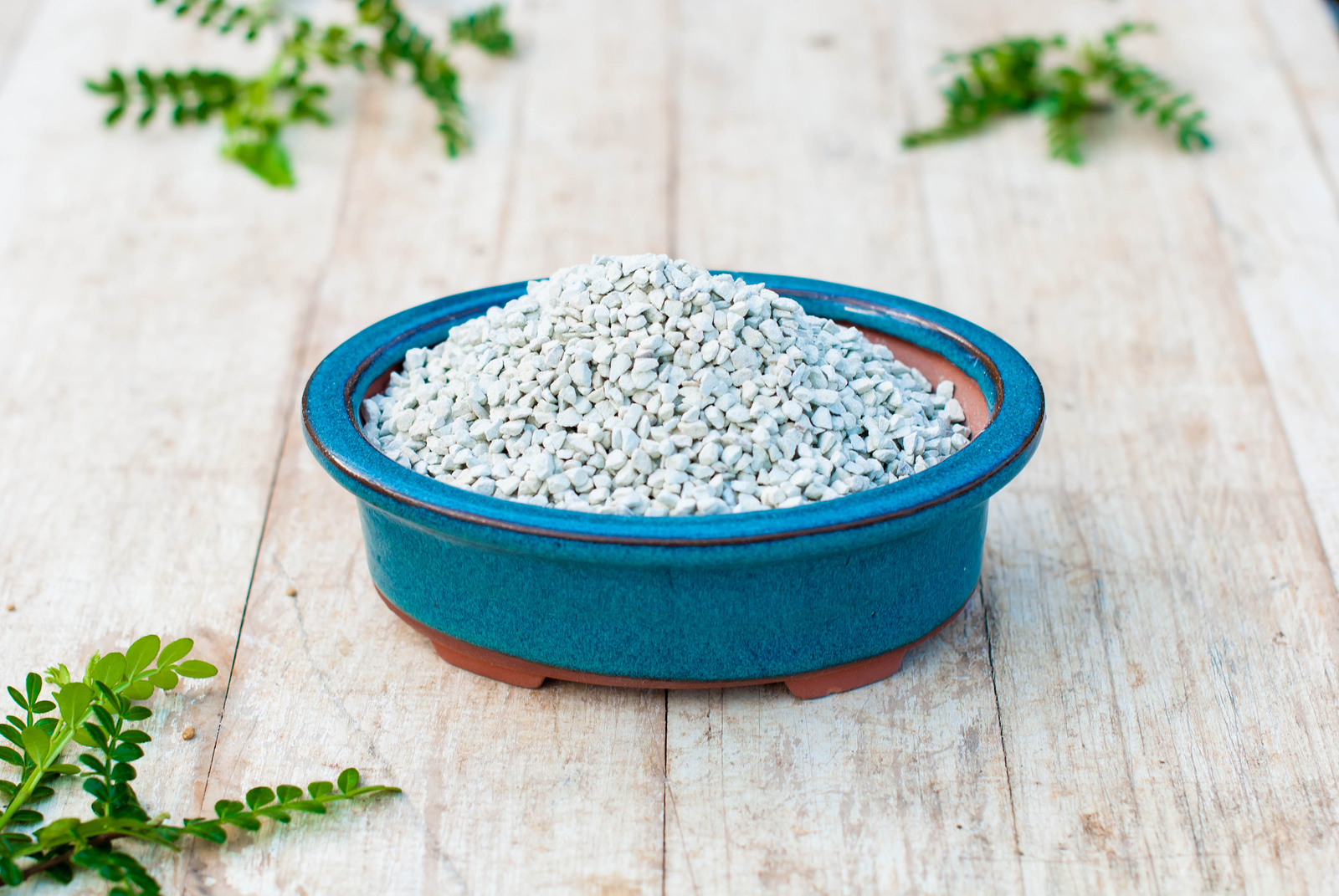
Photo by Liudmyla Boieva on Shutterstock
On the same note, fertilizer is also important for your bonsai to help it grow in its container without depleting all the available resources. The type of fertilizer you need is dependent on the tree variety you have. For best results, use a slow-release bonsai-specific formula with a high level of phosphorus.
Shaping Your Bonsai
Also called “training your tree,” shaping your bonsai is when skill and patience come into play. Most bonsai gardeners model their work after one of these styles.
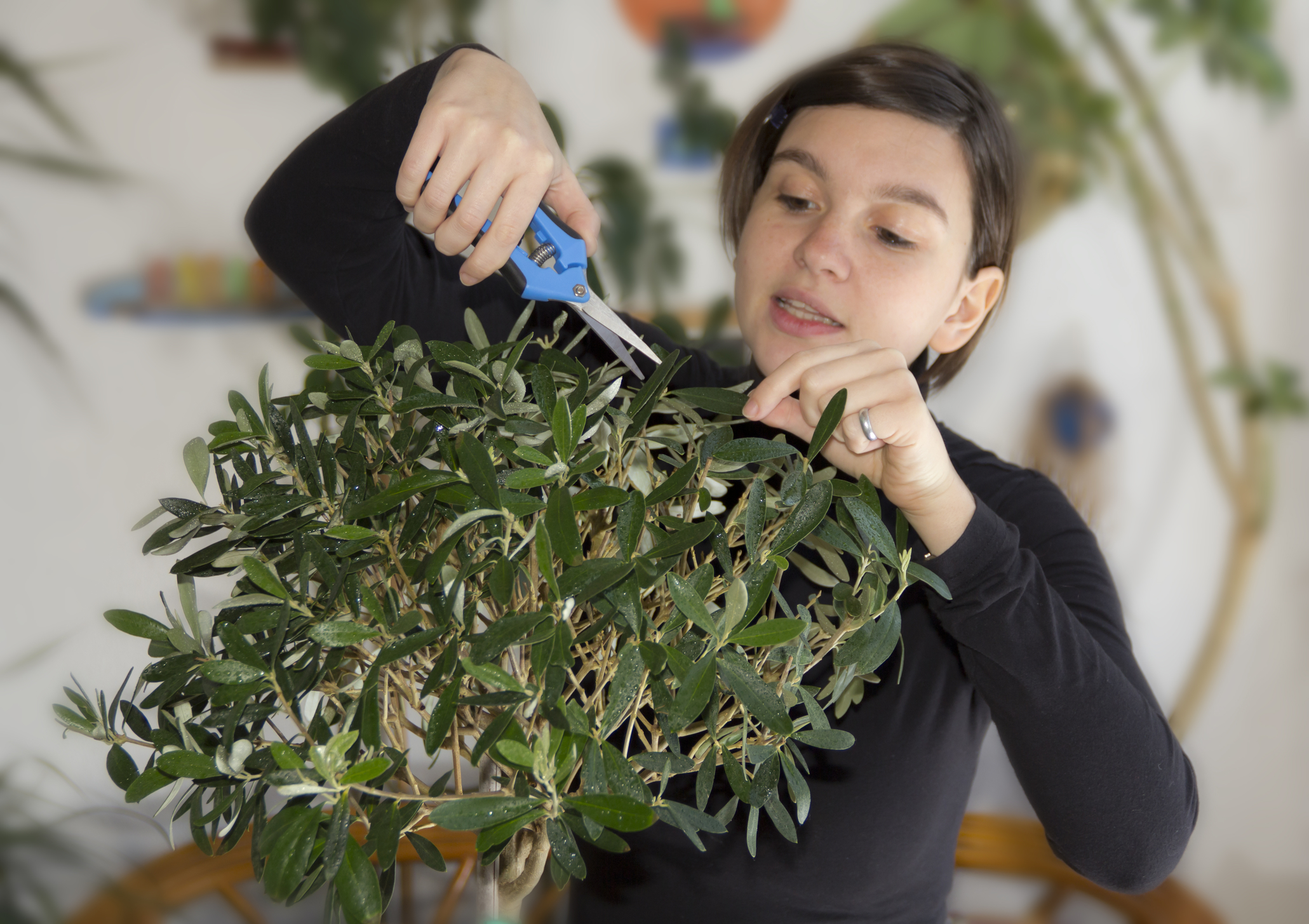
Photo by Dreamstimephoto on Dreamstime
Bonsai Tree Styles
- Formal upright: Plant grows vertically up.
- Informal upright: Plant grows at an angle vertically.
- Slanting: Similar to informal upright, but the slanted trees grow straight at a sharp angle.
- Cascade: Plants grows up and then swoops down past the base of the container.
- Forest: Multiple plants grow in the same container.
- Multi Trunk/Double Trunk: Two or more main branches form off the main plant.
These styles can only be attained with hard work, mostly in the form of pruning and sometimes wiring.
Start With the Roots: To begin, prune the roots of your plant to better control its overall size. This is easy to do. Simply lift your tree up from its current container, dust off the roots and trim them so that the majority of the roots are up near the top of the soil. Afterwards, replant the bonsai.
Pruning Bonsai: Regular pruning with scissors or even your hand during your plant’s growing season (spring through early fall) helps your baby tree grow dense and strong. Focus on the growth at the top and sides of the tree so that your tree continues to focus its resources on developing density rather than height and width.
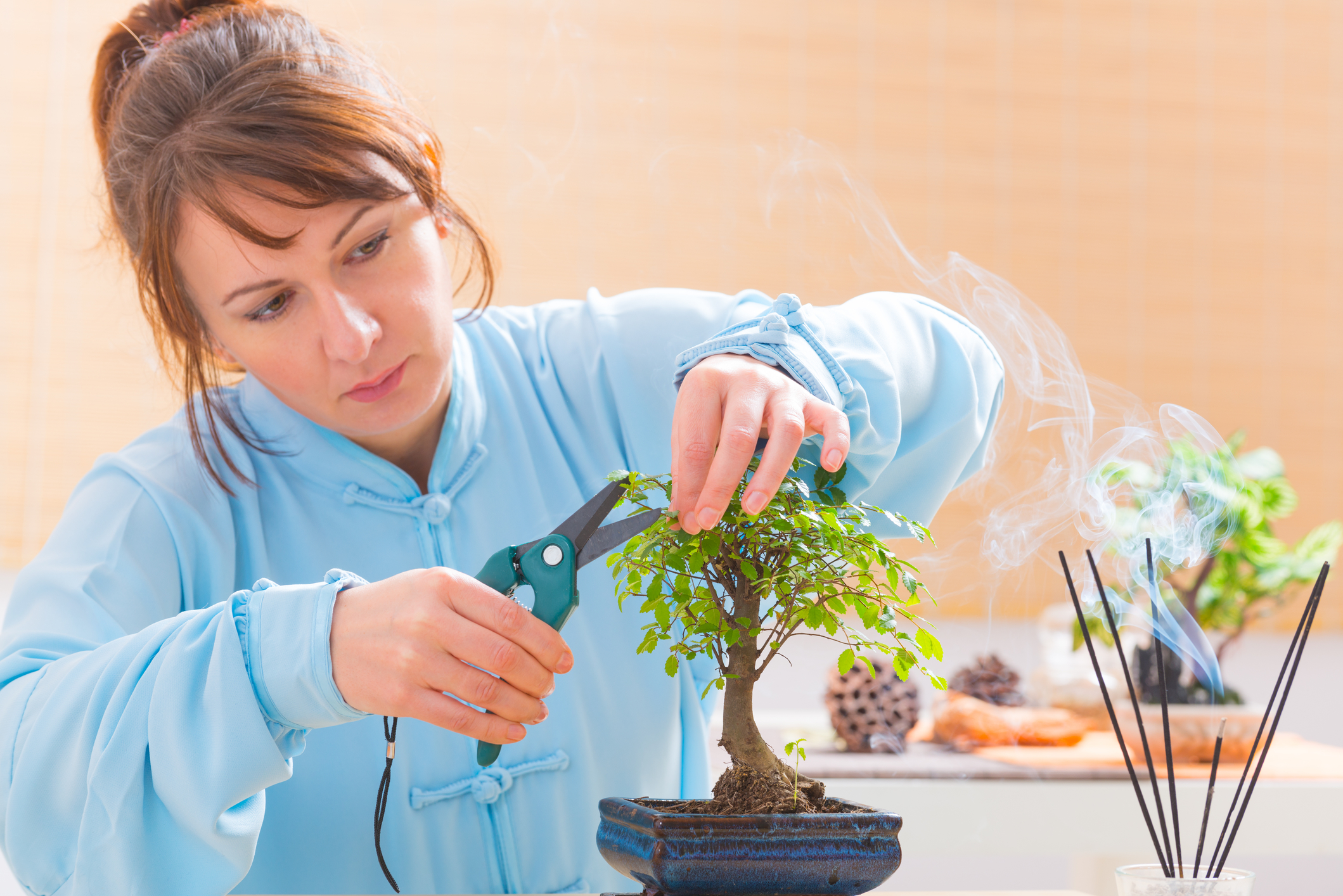
Photo by Monika Wisniewska on Shutterstock
Wiring Bonsai: To help get your bonsai in the desired style (listed above), use thin 1.5-2.5mm copper or aluminum wire. Wrap the wire snug against the branch or branches you intend to shape That’s right, you can wire two nearby branches together to create the same shape! Then assert force onto the branch and slowly move it into the desired position. Pay close attention to the wired branches after wiring and after 2-3 months, it’s safe to remove the wire.
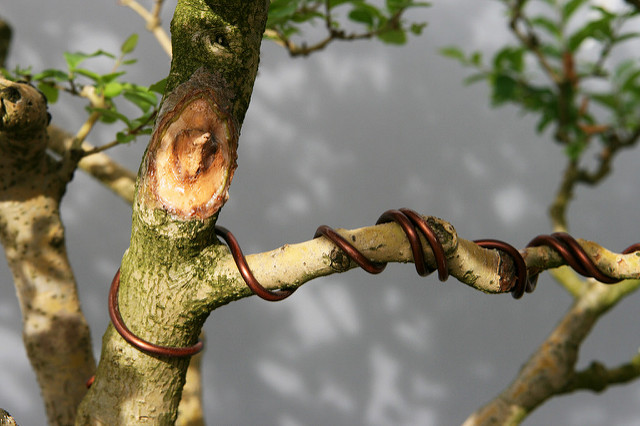
Photo by Quinn Dombrowski on Flickr
Yes, it takes commitment, patience, and a touch of love, but growing a bonsai tree is also therapeutic. You may find yourself to be a calmer and more present because of the process.

Photo by Robert Kneschke on Shutterstock




